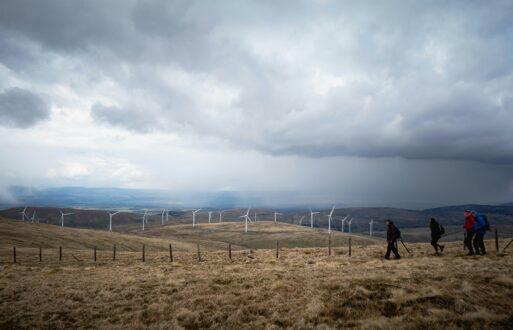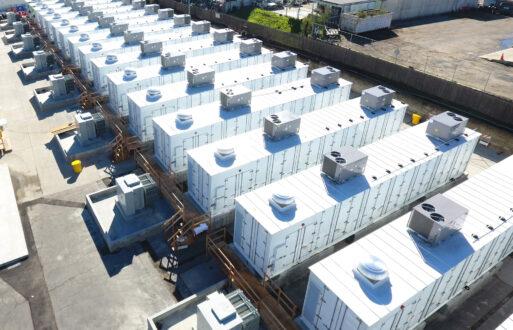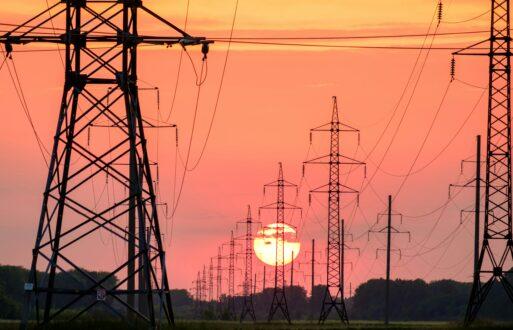A growing population, economic growth, and the impacts of climate change are increasingly stressing the electric grid in Texas. As the grid operator responsible for overseeing the reliable transmission of electricity across its service territory, the Electric Reliability Council of Texas (ERCOT) uses several demand response programs to ensure that electricity demand and supply are in balance.
In this blog post, we’ll explore the various demand response programs ERCOT offers, how they help maintain grid reliability, and the benefits these programs provide to both the grid and consumers. By understanding these programs, you can learn how to participate in ERCOT’s demand response initiatives, reduce your electricity costs, and contribute to a more stable and efficient energy system in Texas.
What is demand response?
Demand response (DR) programs are arrangements in which commercial and residential consumers voluntarily agree to reduce or shift their electricity usage during peak demand periods or if there is grid instability. These programs help grid operators, such as ERCOT, maintain grid reliability and manage energy demand.
DR programs are critical in Texas because ERCOT has minimal connections to electric grids in other states. If demand cannot be reduced via demand response, ERCOT must either engage additional generation resources, which can be more expensive and less efficient, or it must draw more power from renewable energy sources, which are not always available.
ERCOT demand response products
The various demand response products available in the ERCOT Region include:
Emergency Response Service (ERS)
The ERS program engages commercial and industrial customers to reduce their electricity usage during grid emergencies on short notice to mitigate rolling blackouts. During a grid emergency, ERCOT alerts ERS customers to reduce energy use within 10 or 30 minutes. Electricity generators that participate in ERS may be called on to provide a certain number of megawatts to prevent load-shedding.
Participants, whether they’re reducing electricity use or increasing generation, are compensated for their participation in the program.
There are four ERS procurement periods during the year (December – March, April – May, June – September, and October – November).
Load resource participation in ERCOT ancillary services
Loads capable of providing ancillary services or demand response may register with ERCOT as a load resource (LR). LRs are able to participate in the following programs:
Responsive Reserve Service (RRS)
Most of the demand response resources, both by number of units and by capacity volume, that participate in the ERCOT ancillary service markets are Load Resources controlled by high-set under-frequency relays (UFRs). These Load Resources are commonly referred to as non-controllable load resources (NCLRs), and they participate in the RRS market.
Large electricity consumers that participate in the RRS program are compensated for rapidly decreasing their power usage in response to a request from ERCOT. The participants take part in ERCOT’s day-ahead energy market, bidding on the hours during which they can reduce their energy consumption. Then, during times of grid instability or high demand situations, the participants’ consumption is reduced automatically.
Non-Spinning Reserve (Non-Spin)
NCLRs first began participating in Non-Spinning Reserve in November 2022 following the implementation of Nodal Protocol Revision Request (NPRR) 1093, “Load Resource Participation in Non-Spinning Reserve,” and its companion NPRR 1101, “Create Non-Spin Deployment Groups made up of Generation Resources Providing Off-Line Non-Spinning Reserve and Load Resources that are Not Controllable Load Resources Providing Non-Spinning Reserve.”
ERCOT Contingency Reserve Service (ECRS)
ECRS varies slightly from responsive reserve as it allows the participation of load resources that do or do not have a UFR. Resources that have been deployed for ECRS have 10 minutes to respond and must restore to pre-deployment conditions within three hours.
Controllable Load Resource (CLR) participation in ancillary services
CLRs use fast-acting control systems to respond to primary frequency deviations, similar to the governors on a conventional thermal plant. The control systems give CLRs the ability to follow security constrained economic dispatch (SCED) base point and load frequency control (LFC) dispatch instructions. CLRs can participate in RRS, regulation-up/regulation-down, non-spin, and ECRS.
Non-ERCOT administered programs
ERCOT market programs also include those administered by third parties.
Transmission and Distribution Service Providers (TDSP) load management programs
These programs are administered by Oncor, CenterPoint, AEP, and the Texas New Mexico Power Company. Program availability is seasonal. From June 1 through Sept. 30, the program operates each weekday from 1 to 7 p.m. In the winter, availability is set by each TDSP, but typically starts between Oct. 1 and Dec. 1 and ends in February or March.
4-Coincident Peak (4CP) load reduction
ERCOT uses the 4CP method to determine demand charges for commercial properties. From June through September, ERCOT identifies the highest peak demand hour for each month, which typically occurs on the hottest day of the month when air conditioning demand is highest. The customer’s demand charges are calculated based on its electricity demand at each peak. By practicing 4CP load reduction, retail customers can lower their electricity bills and reduce stress on the grid during the highest peak demand hours of the year.
Optimize your participation in ERCOT demand response programs
Discover how PCI Energy Solutions can help you optimize your participation in ERCOT demand response programs and other market opportunities.
Participating in ERCOT demand response programs not only helps ensure grid reliability in Texas but also offers significant benefits to consumers. By understanding and engaging in these programs, you can reduce your electricity costs, contribute to a more stable energy grid, and support sustainable energy practices.
ISO/RTO Documentation Chatbot
Use our AI to search Business Practice Manuals from ISO/RTO markets at no cost.







